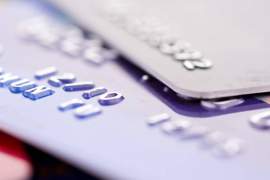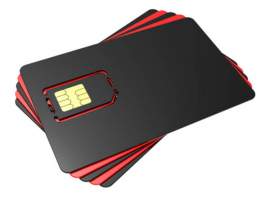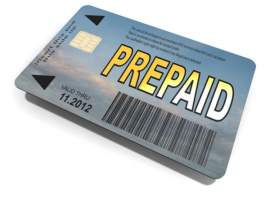
What Does My Credit Card Numbers Mean

What is a
Credit Card?
A credit card is a plastic card that enables an
individual to purchase goods, products or services by way of a credit line. The
available credit and the card itself are offered by a financial institution,
such as a bank or credit card company.
These institutions will offer an
individual (with a satisfactory credit score) a credit card that is accompanied
by various terms and interest rates. The interest rates are based off the
individual’s credit score. Those with higher scores, meaning they are more
likely to meet the terms and repayment schedules in the agreement, will be
awarded with a lower interest rate and vice versa.
Credit Card Numbers
Credit card numbers are found on the front of the
credit card. These numbers represent the account number of the individual’s
line of credit. Credit card numbers are processed during a transaction, when
the buyer swipes his or her card through a reading machine (the seller can also
process the transaction by copying the credit card numbers and manually
relaying the information).
The credit card numbers are then passed through an
interchange where a merchant will look up the individual’s credit account. As a
result, the credit card numbers act as the primary indicator to look up an
individual’s credit line. When processed, the credit card numbers will reveal
if the prospective buyer has enough available credit to make the purchase.
Credit card numbers possess an internal structure
and share a common number scheme. Credit card numbers are types of ISO/IEC 7812
bank numbers. They are typically 16 digits in length and consist of a
single-digit Major Industry Identifier. In addition to these codes, credit card
numbers also contain a variable length individual account identifier and a
single check digit that is calculated using an advanced algorithm.
The first digit of a credit card number is the
Major Industry Identifier. This number represents the category of entity which
issued the card. Different majority industry identifiers represent the
following issuer categories:
0-ISO/TC 68 and various future assignments
1-Signifies an Airline Company
2-Future industry assignments and Airline
companies
3-Travel and entertainment or banking/financial
companies
4-Banking and financial
5-Banking and financial companies
6-Merchandising and banking or financial companies
7-Petroleum and other future industry companies
8-Telecommunications, healthcare and other future
industry assignments
9-National assignment
How to Protect your Credit Card Numbers
Through the advent of the Internet and online
purchasing, the likelihood of fraud and other criminal activity generated from
the unauthorized obtainment of credit card numbers has, unfortunately, risen.
It is the responsibility of each cardholder to ensure that his or her credit
card numbers are kept private and protected.
The first step to protecting your credit card numbers
is signing the back of your credit card. This step, although simple, is an
authentication process that may prevent an individual from using your card. The
signature acts as a security check.
When the card is used for purchases the
individual must sign the receipt to affirm the transaction. A responsible
seller will check the signature on the receipt with the back of the credit card
to ensure that the individual purchasing the goods is indeed the cardholder.
Never leave your credit card unattended. An
individual may purchase items (primarily online) solely by entering credit card
numbers, the CV2 code found on the back of the card and the expiration date of
the card.
When purchasing items online, make sure the
website you are using is secure. Those websites that are not secure may record
or even share your credit card numbers with third parties. Furthermore, never
respond to unsolicited e-mails that ask for your credit card numbers.
If you lose or have your card stolen, you must
immediately report the incident to your issuing financial institution.
NEXT: What You Must Know About Getting the Best Credit Cards





















